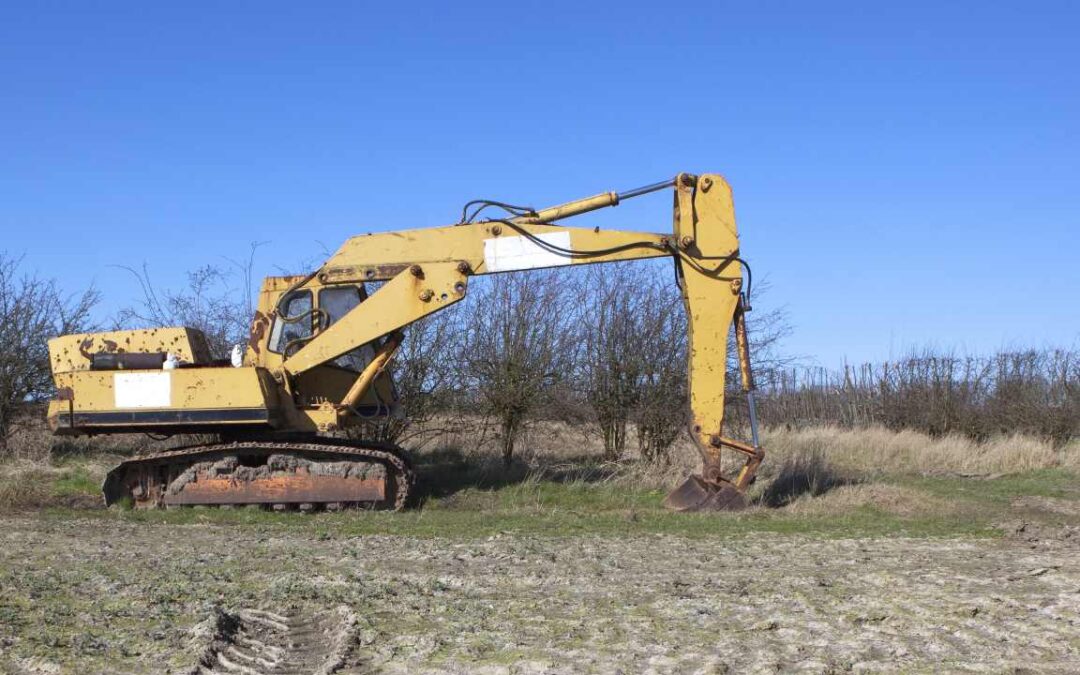Site preparation work is the initial foundation of any successful construction project. It may not be one of the most glamorous processes, but it is certainly one of the most important. Preparing a site for construction involves a number of detailed steps essential to ensure the land is suitable for construction.
In this blog we are going to give you a more detailed look at what this critical phase of construction entails.
Site Assessment and Planning
The first thing we need to do before starting the physical work is to conduct a thorough site assessment and planning. This involves surveying the land to understand its topography, soil composition, and drainage patterns.
Clearing and Clearing
After assessment, the next step is to clear and clear the land, which involves removing trees, shrubs, and any other vegetation. In urban areas, this may also include demolition of existing structures.
Excavation
Heavy machinery is necessary in excavation. Bulldozers, backhoes, and excavators are used to remove large amounts of soil and rock to create a level base for construction. This process may also include digging trenches for utilities and foundations.
Grading and Compaction
Once excavation is complete, the next step is grading and compaction. Grading involves leveling the ground to ensure a flat surface, while compaction uses heavy rollers to compress the soil and provide a stable base. Proper compaction is critical, as poorly compacted soil can lead to foundation problems.
Once the ground is leveled and compacted, it is time to install underground utilities such as water, sewer, electrical, and gas lines. On some projects, this phase can be especially tricky.
Erosion Control
Erosion control is a vital part of earthwork that is often overlooked. Techniques such as sediment fences, sedimentation basins, and erosion control blankets are used to prevent soil erosion and protect water quality.
Final Preparation
The final step in preparing a construction site is to ensure that everything is in place for the construction phase to begin. This includes checking the accuracy of grading, ensuring that all utilities are installed correctly, and implementing any necessary erosion control measures.


